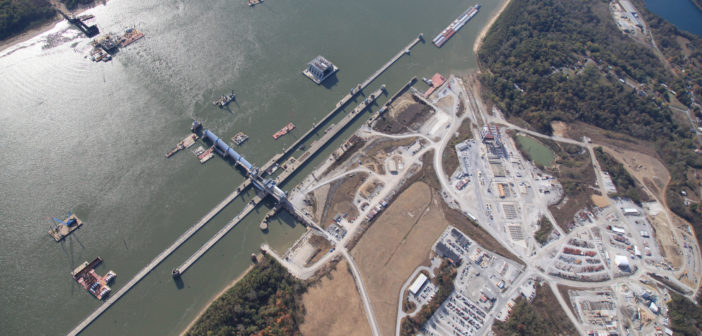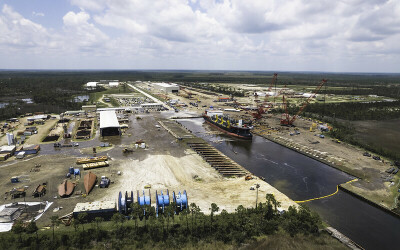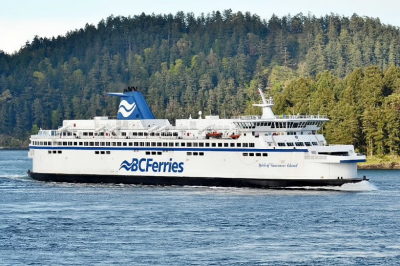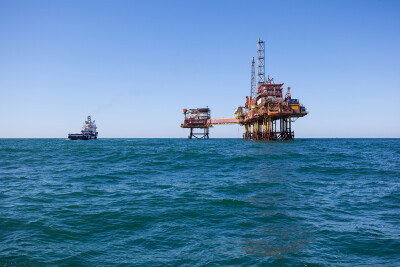A key Senate committee that oversees the waterways has agreed to make a significant change in the Inland Waterways Trust Fund (IWTF) that would free up more money to modernize aging lock and dam infrastructure.
In the first move of the legislative process to produce a new Water Resources Development Act (WRDA) this year, the Senate Environment and Public Works Committee released a draft of the bill on April 21.
As part of that proposal, senators agreed to a cost-share adjustment for inland waterways construction and major rehabilitation projects from the current 50-50 spilt to 65% from general federal revenues and 35% from the IWTF, which is financed by a diesel tax paid by the barge industry.
The draft bill also authorizes the Chief’s Report for Gulf Intracoastal Waterway, Brazos River Floodgates and Colorado River Locks at a 65%-35% split, and changes the cost-share for the Brandon Roads Lock project to 75%-25%. An Asian Carp pilot program to address and prevent infestation of this invasive fish in the Great Lakes area would be authorized at $35 million, as well as a comprehensive study of the Lower Mississippi River System.
Details aren’t clear yet, but the draft would also authorize the secretary of the Army to declare an inland waterways emergency in times of high or low water and to use $25 million a year for three years (subject to appropriations) for projects to address emergency conditions. The committee could mark up the bill during the first week of May.
The cost-share formula change is a top priority for inland navigation groups like the Waterways Council, which advocates for strong funding for infrastructure, and the American Waterways Operators, which represents the tugboat and barge industry.
But the Senate bill doesn’t hit the mark with what these groups want. They seek a higher split, with the federal treasury taking on 75% of the costs and the industry 25% through the IWTF. Supporters say this will free money for more than 15 high priority inland navigation projects that are under construction or awaiting construction.
Advocates will continue to press for the 75%-25% change as the House considers its version of the bill, and during future House and Senate negotiations on the final legislation, said Deb Calhoun, interim president and CEO of the Waterways Council.
In the meantime, Calhoun said, a 65%/25% formula change “in a time of uncertainty related to Covid-19 represents a major positive development.”
In a letter sent April 1 to leaders of the House Transportation and Infrastructure Committee, a group of lawmakers advocated the 75%/25% formula, arguing that investment in the inland system “has been inadequate for too long, and the condition of the nation’s locks and dams is deteriorating.”
They noted that “while there are numerous beneficiaries of the nation’s inland waterways system, commercial barge operators are the only direct contributors to the IWTF through their 29-cents per gallon diesel fuel tax.”
Changes to the IWTF have happened in the past. To expedite construction of the long-delayed Olmsted Lock and Dam, Congress allowed the Fund to operate for the last seven years at a 70%/30% split.
And in 2016, Congress approved a 75%/25% cost-share arrangement for a similar fund, the Harbor Maintenance Trust Fund, to speed up dredging of deep-draft ports so they are ready to receive large post-Panamax vessels.
“These changes were made because finishing projects faster can reduce both final project cost and the amount of time communities have to wait for the resulting economic benefits from projects,” the lawmakers wrote. “For inland waterways projects there is no time to waste.”





